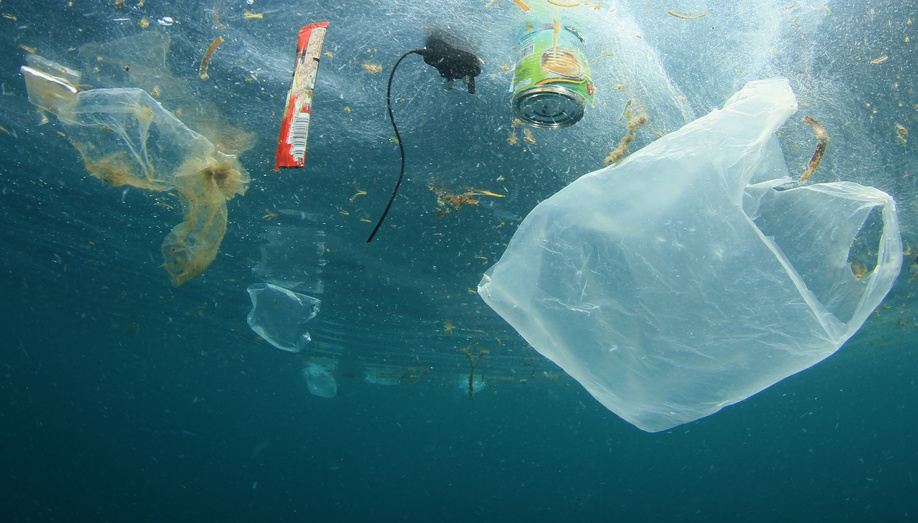 The Atlantic hurricane season officially runs from June 1 through Nov. 30 each year. North Carolina is bracing itself in anticipation of Hurricane Florence, one of the strongest hurricanes to hit the area since Hurricane Floyd in the late 1990s.
The Atlantic hurricane season officially runs from June 1 through Nov. 30 each year. North Carolina is bracing itself in anticipation of Hurricane Florence, one of the strongest hurricanes to hit the area since Hurricane Floyd in the late 1990s.
Over three feet of rain is expected to hit the eastern coast where some homes have already been evacuated. However, the hurricane has the potential to cause more than just storm damage: should flood waters pick up pollutants like hog waste, landfills, and coal ash dumps, the safety of North Carolina’s drinking waters might be at risk.
The double-punch combination of Hurricane Floyd and Hurricane Dennis back in 1999 resulted in hundreds of thousands of animal carcasses, fertilizers, and pesticides clogging flood waters. This is primarily due to the couple of thousand farms present in the state harboring over nine million pigs. Even though Hurricane Florence has officially been reduced to a Category 2, this can still result in catastrophic damage to the east coast.
Hurricanes have the strength to kill citizens when they make landfall, but it’s often due to the aftermath that results in the most deaths. The newest reports from Puerto Rican’s government claims an estimated 3,000 people have died as a result of Hurricane Maria last year. This was primarily due to undrinkable water and the lack of electricity.
For citizens on the mainland, homeowners insurance can help provide protection against disaster, but many need to take out separate flood insurance claims in the event of a significant flood.
The drinking water in the United States is made potable thanks to the liners present in 100% of water tanks. However, polluted waters can make the filtration process more difficult in times of emergency. If the Carolinas and other states on the east coast experience floodwaters akin to those caused by Hurricane Floyd in 1999, it could lead to environmental disaster.
On top of chemical pollution caused by rising floodwaters, there’s also physical debris that can clog our waterways — and we’re often the ones to blame.
Plastic bags can take up to 1,000 years to photodegrade and make up over 10% of the debris on the U.S. coastline.
North Carolina claims they have backup plans in the event of an emergency. But with winds up to 140 miles per hour heading their way, they might have to buckle down even more.
Luckily, there are constant inventions being made to help ease the burden of non-potable water across the globe. When around 783 million people worldwide lack access to clean drinking water, engineering new ways to filter water is a necessity.
David Sedlak, a civil and environmental engineer for the UC Berkeley, is currently working on a project to filter water as it enters the ground.
“If we are going to treat [water] as it infiltrates into the ground, we need to apply technologies that are simple, inexpensive, and do not require a lot of oversight. Rainwater is typically introduced to aquifers by allowing it to percolate through sand. We have invented a new way of coating the surface of sand grains with a thin layer of manganese oxide,” Sedlak says.
While the sand won’t work perfectly to remove all the toxins from water, when used in conjunction with other purification systems, this innovation has the potential to save lives.
There have also been a number of straw technologies that allow you to drink water straight from the source. The idea is that as the water moves through the straw, a series of filtration processes clean it before it enters your stomach.
However, a recent development in Berlin may change the way we filter water.
Midea, a home appliance company, received worldwide recognition for its developments in electronic water filtration. The Healthy Water Purification and Drinking Technology Gold Award was given to the Beverly water purification machine. The system utilizes digital technology in conjunction with the best filtration technology that the world has to offer.
It not only combines automatic cleaning within the machine, it also controls the temperature, sterilizes water instantly, and uses a filter with extensive longevity. This is all in combination with an innovative touch-screen panel to control functions within the machine.
The Head of Global Brand and Communication for Midea, Brando Brandstaeter, claimed he was thrilled to have one not one, but two technological awards for their products.
“Air pollution and water quality continue to rank as major concerns for consumers around the globe. With the launch of Air X and Beverly’s high-end water solution, users will be able to monitor their air and water quality, providing peace of mind and exceptional levels of comfort,” Brandstaeter said.
These two inventions received top awards at the IFA conference among 160 other products presented at the event.
While these technologies aren’t yet available for worldwide, public use, there’s hope that no one will have to suffer from water insecurity in the future. For now, the east coast can only brace themselves and lower lagoon levels to prevent a flood disaster against Hurricane Florence.






